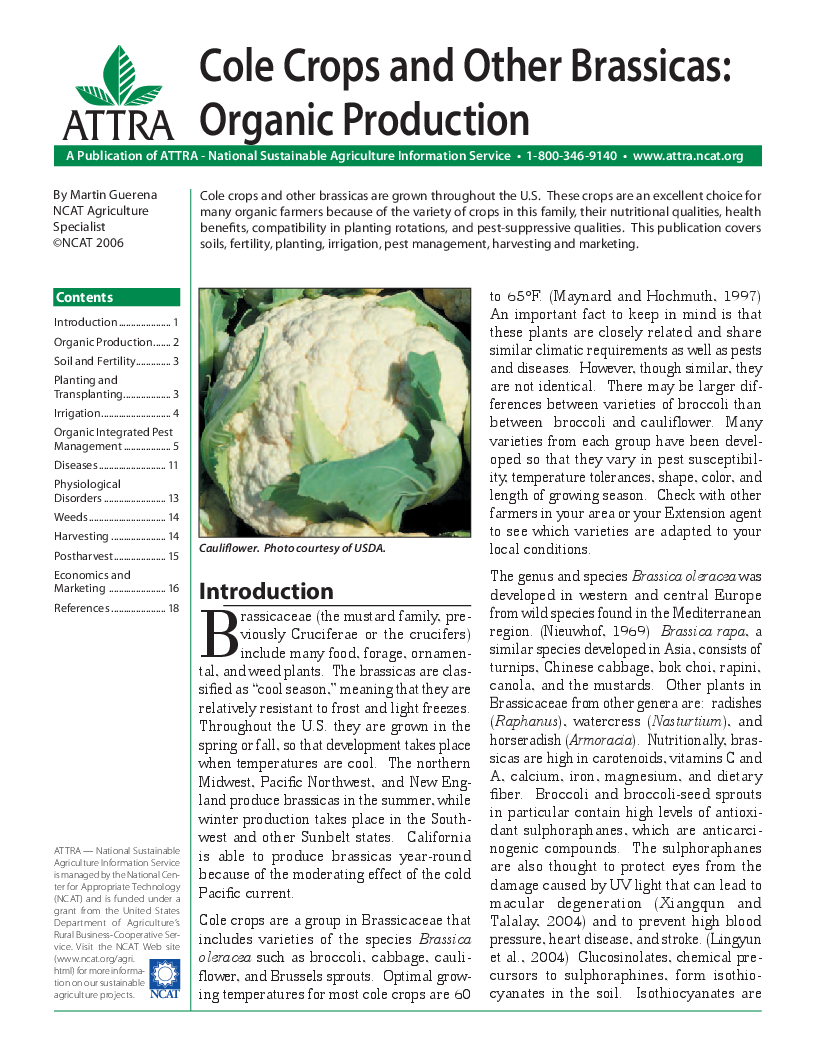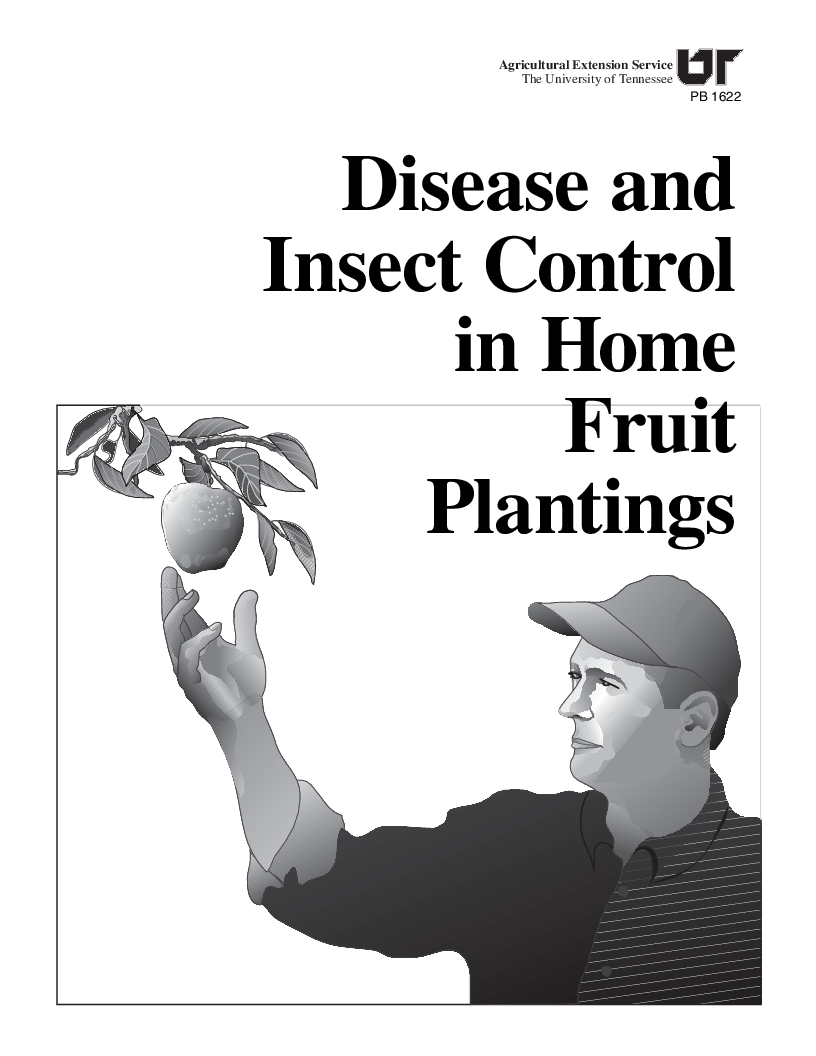Book Details

FERTILIZER EFFECTS ON SOIL pH, SOIL NUTRIENTS
FERTILIZER EFFECTS ON SOIL pH, SOIL NUTRIENTS,
AND NUTRIENT UPTAKE IN
SWAMP WHITE AND PIN OAK SEEDLINGS
ON AN ALKALINE MISSOURI RIVER BOTTOMLAND
There is growing interest among forest and wildlife managers in the reforestation of bottomlands in the Lower Missouri River and Mississippi Alluvial valleys (Dey et al., 2003; Shaw et al., 2003; Stanturf et al., 2000, 2001). The emphasis is on reforestation of these lands with mast producing hardwood trees, namely oak species (Quercus), hickories (Carya), and black walnut (Juglans nigra L). As much as 70-90 percent of the floodplain forests in the continental United States have been lost to agriculture, river channelization improvements, and levee systems for flood protection. These alterations in river hydrology have resulted in a higher frequency of intense flooding. This fact was brought to the forefront when the Great Flood of 1993 degraded over 325,000 hectares of cropland along the Lower Missouri River floodplain through scouring and the depositing of sand onto crop fields (Kabrick et al., 2005). It is now desired by both professional natural resource managers and landowners alike that these degraded or abandoned crop lands be reforested by hard mast producing tree species.
Author: MATTHEW J. KRAMER
Pages: 166
Issue By: eBook 707
Published: 2 years ago
Likes: 0



